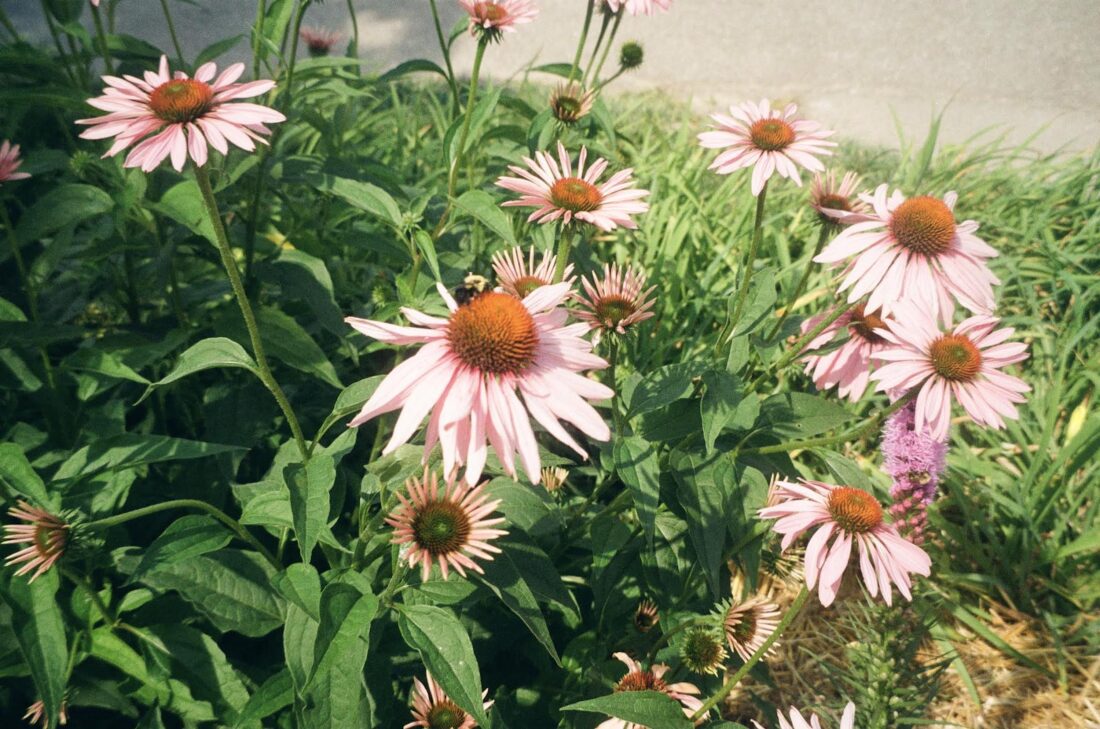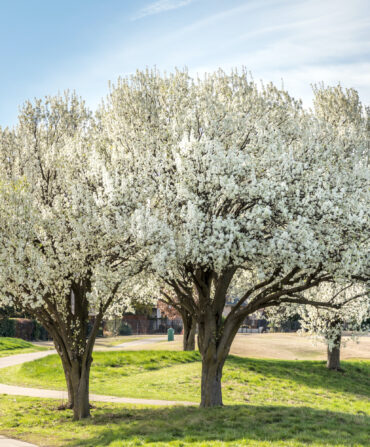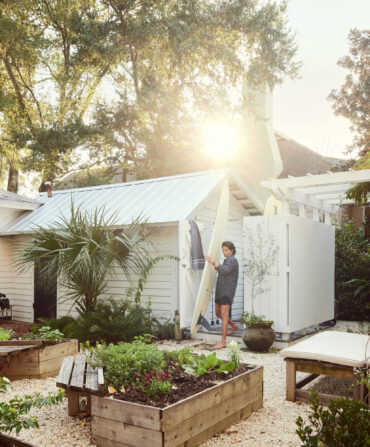Gardening is a win-some, lose-some game in the best of times, but these days Mother Nature is more like a mother bear who has been crossed one too many times. Right now in Atlanta, where I live, a string of sub-freezing nights is roughing up the tender dogwood blossoms ushered in by a temperate February. (The phrase “dogwood winter” describes an unseasonable cold snap in mid- to late spring, but what do you call it when the flowers appear a month early?) Last summer, you’d have forgiven my neighbors and me for entertaining citrus- and bromeliad-studded daydreams as we bushwhacked our way through steaming backyard jungles. Then along came a Christmas deep freeze to burst our water pipes and visions of Meyer lemons.
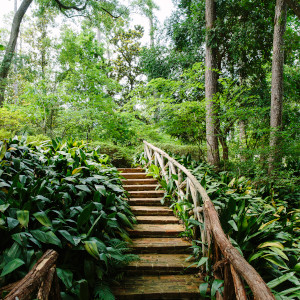
Amid the climate chaos, some concrete trends have emerged. The planet is warming—winters more rapidly than summers (aiding in the proliferation of plant pests like the Southern pine beetle, to say nothing of Burmese pythons in Florida). One University of Idaho study estimated that USDA plant hardiness zones are migrating north at a rate of about thirteen miles per decade. But the polar jet stream is also weakening, allowing arctic blasts to dip into ever more southerly climes.
Meanwhile, the eastern half of the United States is trending wetter, often in the form of intense downpours, while the decades-long drought gripping the West has taken on a more permanent name: aridification. But everywhere, we’re subject to seesawing extremes—as Dallas residents experienced last August, when more than a foot of water fell on the city in half a day following two months of no rain. Amid extended heat waves (95-degree-plus days are on the rise), flash droughts will still scorch the Southeast.
All of this adds up to more stress on plants in just about every way. But it’s also more motivation to get outside and put trowel to earth, nurturing landscapes that sequester carbon, soak up rain, and support equally challenged wildlife. You could fill an entire book with sustainable gardening solutions, but here are a handful of tips for cultivating a plot in 2023 in the hopes that it—and the rest of the planet—will still be thriving in 2073.
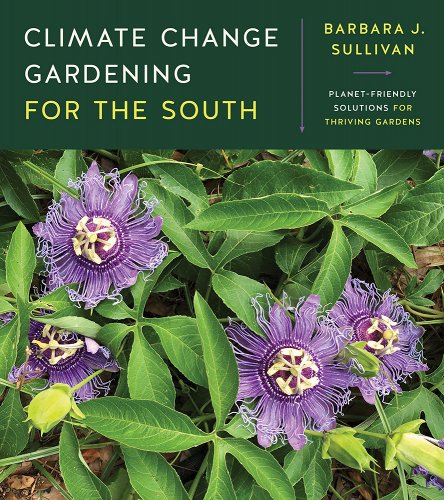
1. Aim for the midpoint of a plant’s hardiness range. Certified master gardener Barbara J. Sullivan did fill an entire book with sustainable gardening solutions. Published last year, Sullivan’s Climate Change Gardening for the South shares a simple plant-shopping hack to shield yourself against climate volatility. USDA hardiness zones are based on average minimum winter temperature, but because summers matter too, plants are usually assigned two numbers, e.g., Zone 6–9. Pick plants for which your own zone is somewhere in the middle. “You’re putting insurance on both sides,” says Sullivan, who lives in Wilmington, North Carolina. “I now no longer plant anything where the second number is 8, even though I’m Zone 8.”
2. Lean on native “generalists.” Another one of Sullivan’s common-sense strategies is to choose plants that are tolerant of, well, most everything. Native plants often fall under this category, she says. “Many of our go-to native plants are going to be fine because they’ve evolved to deal with our conditions, including heat and drought and flooding. For example, rudbeckia, which is black-eyed Susan, can stand drought, heat, sun, partial shade, poor soil.”
She shares a few other favorite generalists native to the South: wax myrtle, yaupon holly, chokeberry, beautyberry, summersweet, Carolina phlox, goldenrod, “all the sages,” and swamp sunflower. “A lot of our ornamental grasses will do great, and we have many vines that are sturdy as nails, like trumpet creeper and coral honeysuckle and cross vine,” she says.
Of course, if you live at the country’s southern reaches, you may need to look beyond geopolitical borders for your “native” plant palette. Brian Galligan, the vice president of horticulture at Florida’s Naples Botanical Garden, has watched plants that thrived in Southwest Florida twenty years ago, like the Southern live oak, wither under the region’s rising heat and soil alkalinity. Today he advises residents to look to the Caribbean. “We encourage regionally appropriate plants,” he says, “meaning if there’s a plant in Cuba that shares pollinators with us and is well behaved in our landscape, it may be a great solution.”
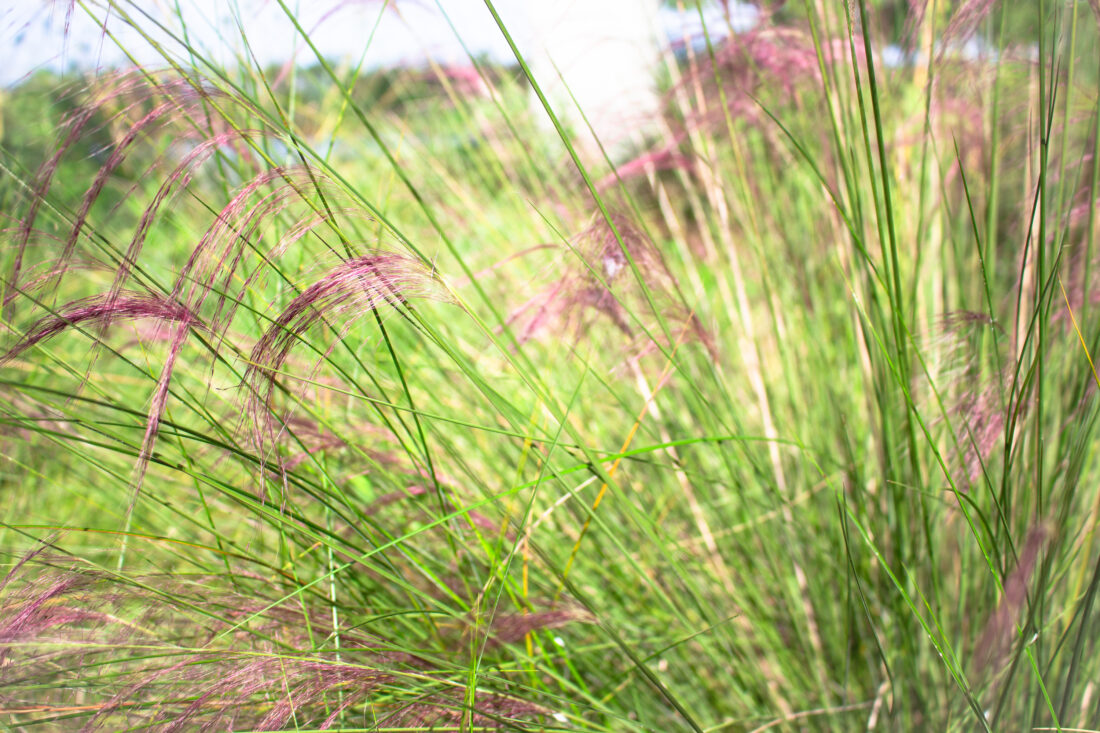
3. Consider the lifespan of trees. Any landscaping decision that can stand for centuries is worth extra forethought. With hardiness zones on the move, that’s even more true. “A tree you plant now is going to be in a very different environment over the course of its lifetime,” says Dr. Dan Herms, the vice president of research and development for the Davey Tree Expert Company.
Herms, who has developed regional climate forecasts and plant hardiness projections, suggests planting trees that do well in your current zone and a couple zones south; an Atlantan might look to Central Florida, for instance. If the tree also thrives up North, so much the better. “Bald cypress is one of my favorite trees native to the Southeast because it tolerates that Southern climate but also does well in Minnesota and Michigan,” he says.
4. Establish good roots. In tough times, good gardening practices become essential. Those practices include:
• Site selection. Does a plant fare better in full sun? Well-drained soil with afternoon shade? “Think about putting it in an ideal site now to give it that much more advantage down the road,” Herms says. (Grouping plants with similar water needs will also make your future life easier.)
• Starting small, be it with a sapling or better yet, seed. The large potted shrubs and trees that command hefty prices at the garden center often come with constrained root systems, Galligan says. “I guarantee the little tiny guy will smoke the bigger one every time.”
• Babying your plant babies. A word of caution from Sullivan: “Drought tolerant” actually means “drought tolerant once established.” You may need to spend the first year dutifully watering your new addition.
• Planting in fall. In parts of Florida, the rainy months of May and June are ripe for planting, according to Galligan. Across most of the South, though, the fall months are key for getting roots established before a plant’s first punishing summer. “Everybody gets spring fever and goes to the nursery and that’s all well and good, but we’re talking about some serious stuff these plants have to go through in summers now,” Sullivan says.
5. Embrace biodiversity. Landscapes with a variety of plant species not only support more diverse wildlife, but they’re less likely to be decimated by a single infestation or environmental extreme. That’s a good reason to look beyond the go-tos at the garden center. “Don’t plant what your neighbor has because if your neighbor has a pest, it’s going to jump to your house,” Galligan says. And the last thing you want is for it to jump into your single-species privacy hedge.
6. Create a stormwater sponge. Across the country, an increase in heavy downpours coupled with overdevelopment of natural areas has turned runoff into a hazard. Sullivan recommends taking stock of vulnerable areas of your yard—low-lying spots where water pools, slopes where it rushes—and implementing solutions like rain gardens and bioswales, two types of (often-plant-filled) depressions that capture and filter stormwater. Ultimately, plants are your best defense throughout your landscape. Limit impervious surfaces and lawn expanses, she says, and “whatever area you have covered with mulch, look to cover with plants, especially shrubs that colonize—oakleaf hydrangea, wax myrtle—so in a way, you’re letting the garden plant itself.”


